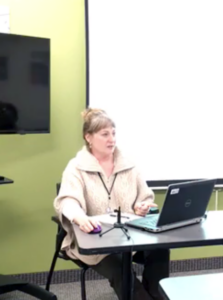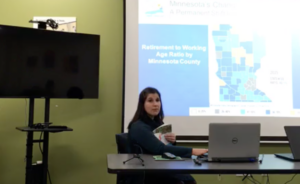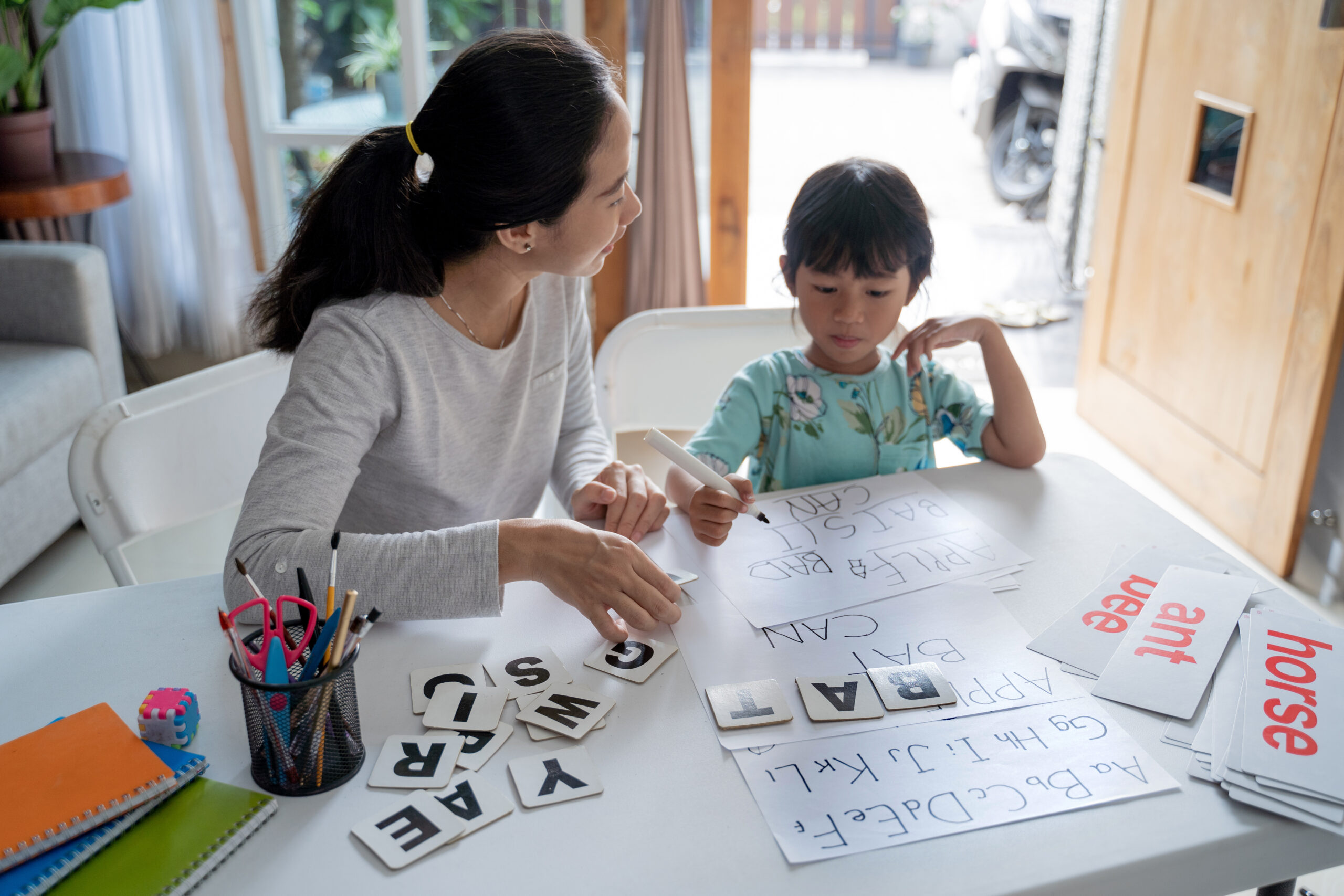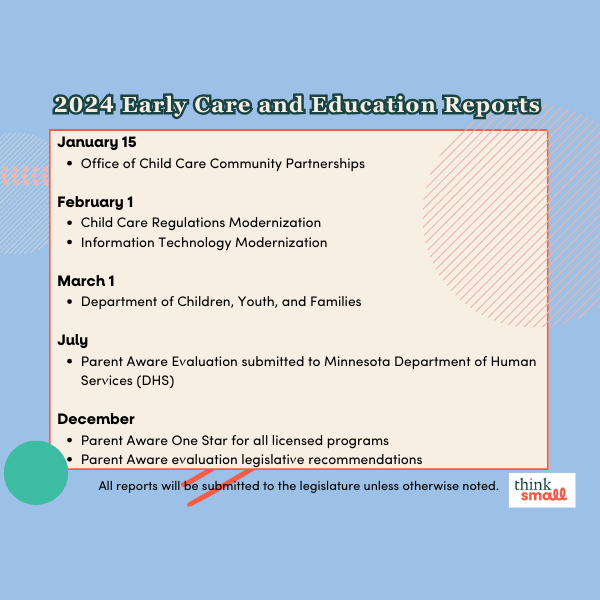By Marie Huey, Public Policy and Advocacy Coordinator
January Policy Hour started with a special announcement: the event is now named the Ann Kaner-Roth Policy Hour. Ann served as the Executive Director of Child Care Works from 2000-2008. She went on to spearhead work around marriage equality. At the time of her death in December 2017, she was serving as the Deputy Secretary of State—once again looking out for those who did not have a voice in our political system. In honor of her contributions to the field and her commitment to working in coalition, Policy Hour will be re-named the “Ann Kaner-Roth Policy Hour”.
This month’s discussion was about Minnesota early childhood data.
Anita Larson from the Minnesota Department of Education (MDE), presented on their Early Childhood Longitudinal Data System. ECLDS (pronounces “e-sleds”) integrates data from several state agencies to provide information on program access and outcomes for young children. It is the Pre-K version of SLEDS (Statewide Longitudinal Education Data System).
MDE takes information from the other agencies, de-identifies it to protect privacy, and makes it available. The result is not real-time data for teachers to make classroom decisions, but rather information that shows how different groups of children participate in certain programs.
ECLDS was built around policy questions, providing a framework for the various data points. Types of questions the ECLDS answers include:
- In which public early care and education programs did children participate prior to kindergarten?
- What are the characteristics of children enrolled in kindergarten?
- What experiences of children in Early Childhood Special Education influence 3rd grade assessments?
Results can be viewed by factors such as race and ethnicity, gender, and school district. The site is mobile-friendly and has several features which make it easy to revisit previous searches and share specific results with others. Currently, the site receives about 400 users every month. The main users are people around the state planning for Early Childhood Education services.
This video about Willmar shows one way communities can use the data system. They were able to identify children they weren’t reaching with their mobile preschool and then adjusted their outreach to connect with those people.
There is still more work to do on ECLDS. They are working to integrate child protection, early learning scholarships, and Head Start data. Children who only access private pay services are not currently captured in the tool.
MDE hopes to continue to make improvements for users as well. They are working on video tutorials, and on creating some data stories with the existing information. Check out what’s currently available, and take some time to look around, by visiting the site at: http://eclds.mn.gov/.
You can also view the ECLDS user guide or a chart that illustrates Minnesota’s Children as 100 People.
Bharti Wahi, Executive Director of Children’s Defense Fund-Minnesota, presented the organization’s Kid’s Count Data Book. It contains statewide data about how children are doing based on a variety of indicators. The data is also available by county. It looks at four main categories to provide a picture of how children are or are not meeting goals that:
- Kids are living in economically stable households
- Kids have access to health coverage and care
- Kids have quality early childhood education experiences
- Kids are safe in the home
The book provides a detailed look at these metrics, and you can explore it here.
Bharti highlighted two important trends. First, the older adult population is growing rapidly, especially in Greater Minnesota. It’s hard to know exactly how this will impact children, but it raises questions about who will take care of children and who will take care of the older adults.
Secord, our population continues to diversify, and children of color make up a larger percentage of the population. How will our systems address this knowing that we currently have drastic opportunity gaps?
A few additional considerations Bharti brought up:
- In recent years, the percentage of children in poverty has declined, but many have not recovered to pre-recession levels.
- Economic stability is a wage issue, not a work issue. The vast majority of low-income families are working hard, but they’re not making enough money.
- Many children are eligible for programs but unable to participate due to a lack of funding. For instance, 85% of children who are income-eligible for the Child Care Assistance Program (CCAP) are unable to access it because there is no more funding available.
- Health care coverage is an example of a victory for children as long as we don’t move backward. Only 3% of Minnesota children are uninsured, largely due to the hard work of advocates, a commitment from the state, and protections and policies in the Affordable Care Act
Find out more about how Minnesota Children are doing in the full Kids Count Data Book.
You can watch the entire January Ann Kaner-Roth Policy Hour on Facebook.











